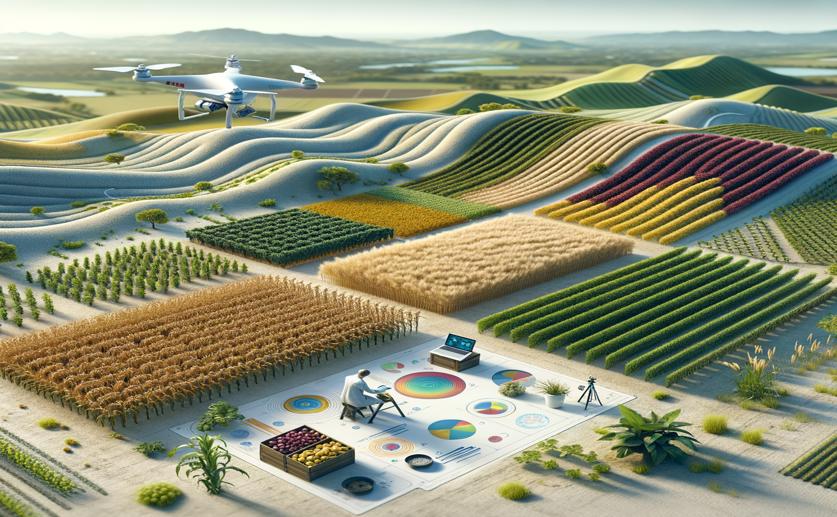
Mapping Best Crop Varieties with Environmental Data Analysis
Jim Crocker
14th March, 2024

Image Source: Natural Science News, 2024
Key Findings
- Researchers in Brazil developed a new plant breeding method, GIS-FA, to predict plant traits in untested environments
- GIS-FA combines mapping, statistical models, and enviromics to identify the best plant varieties for specific locations
- The method helps breeders choose plants with high yield and stability, improving food security
AgricultureBiotechPlant Science
References
Main Study
1) GIS-FA: an approach to integrating thematic maps, factor-analytic, and envirotyping for cultivar targeting.
Published 12th March, 2024
https://doi.org/10.1007/s00122-024-04579-z
Related Studies
2) Partial least squares enhance multi-trait genomic prediction of potato cultivars in new environments.
3) Optimal Contribution Selection Improves the Rate of Genetic Gain in Grain Yield and Yield Stability in Spring Canola in Australia and Canada.
4) Partial Least Squares Enhances Genomic Prediction of New Environments.



 4th March, 2024 | Jim Crocker
4th March, 2024 | Jim Crocker